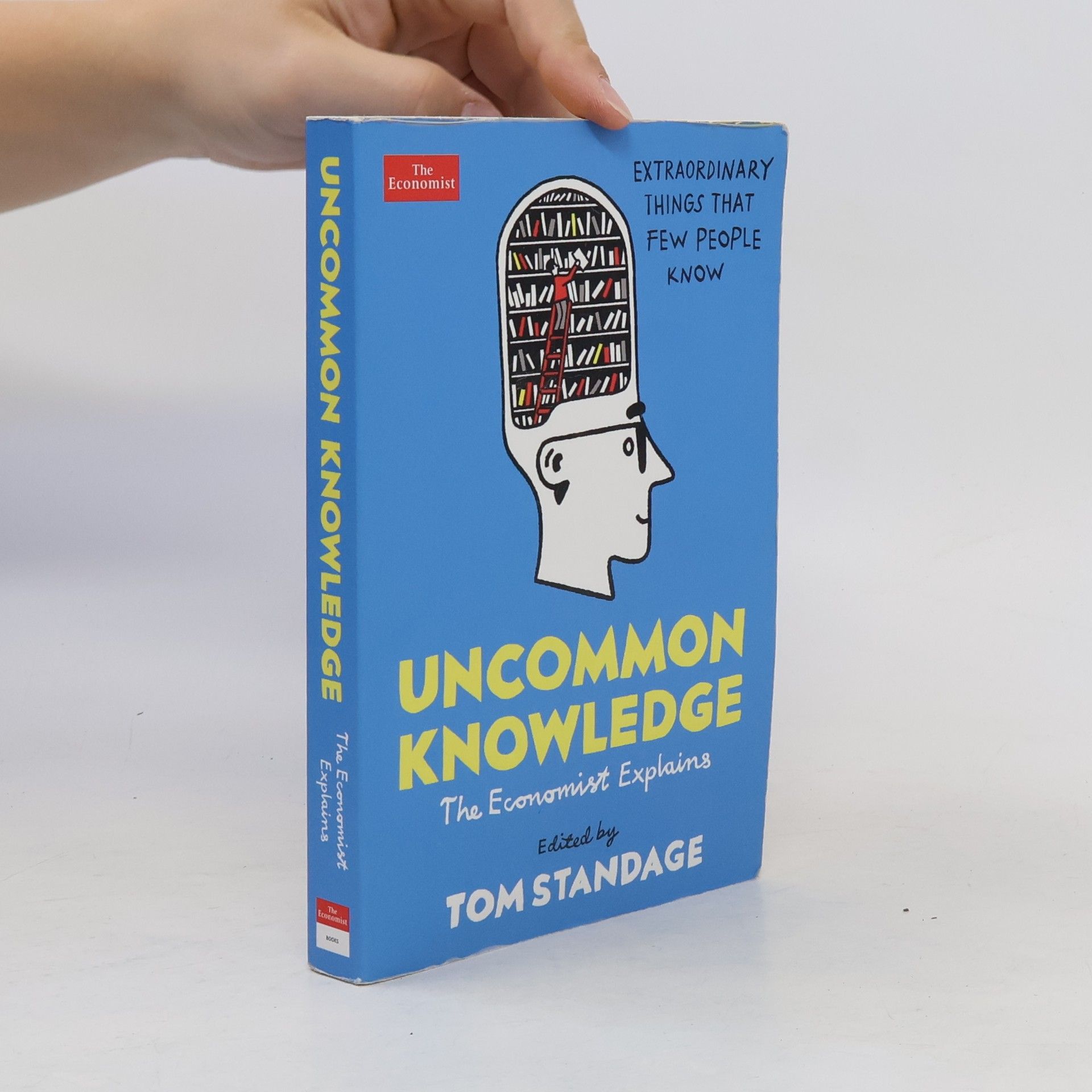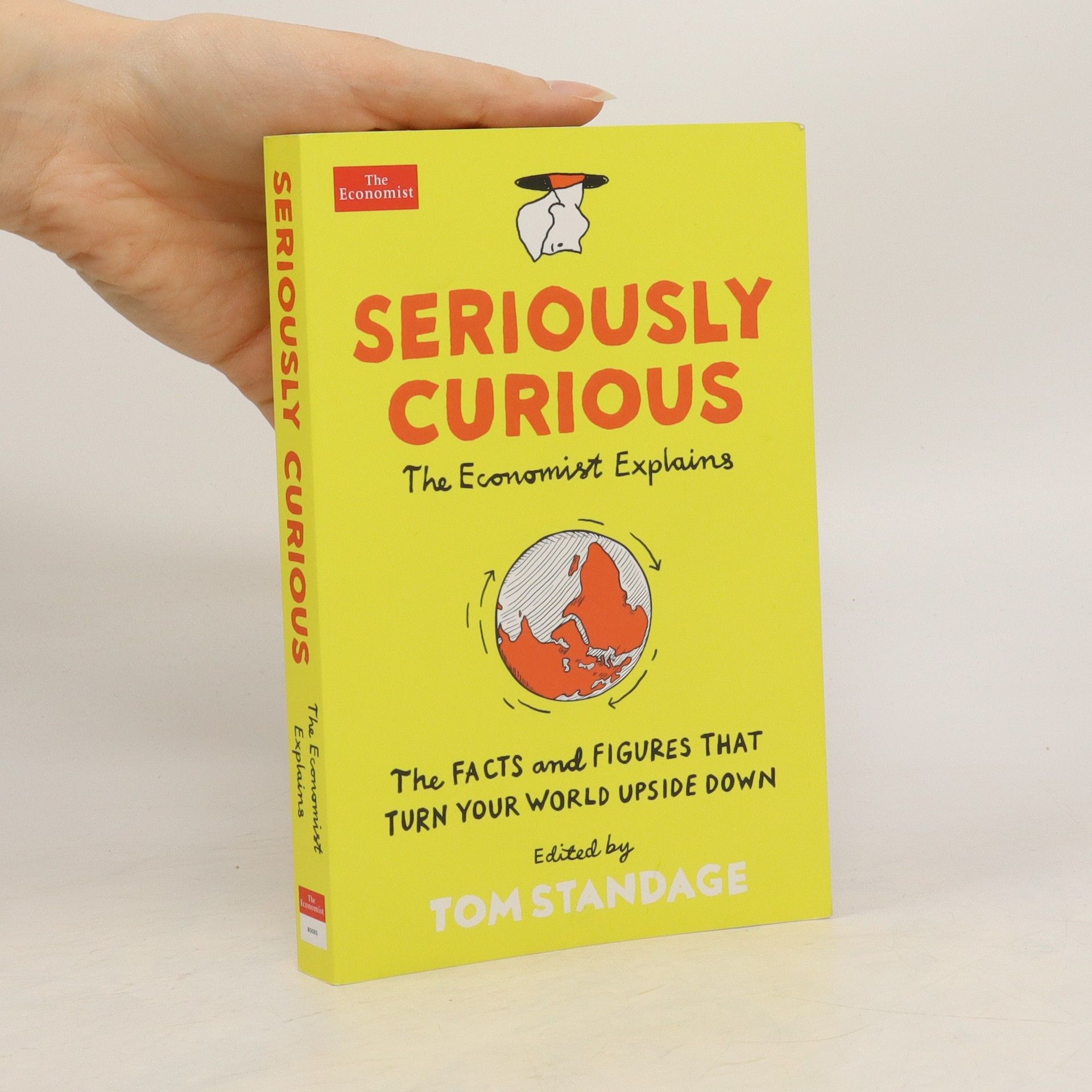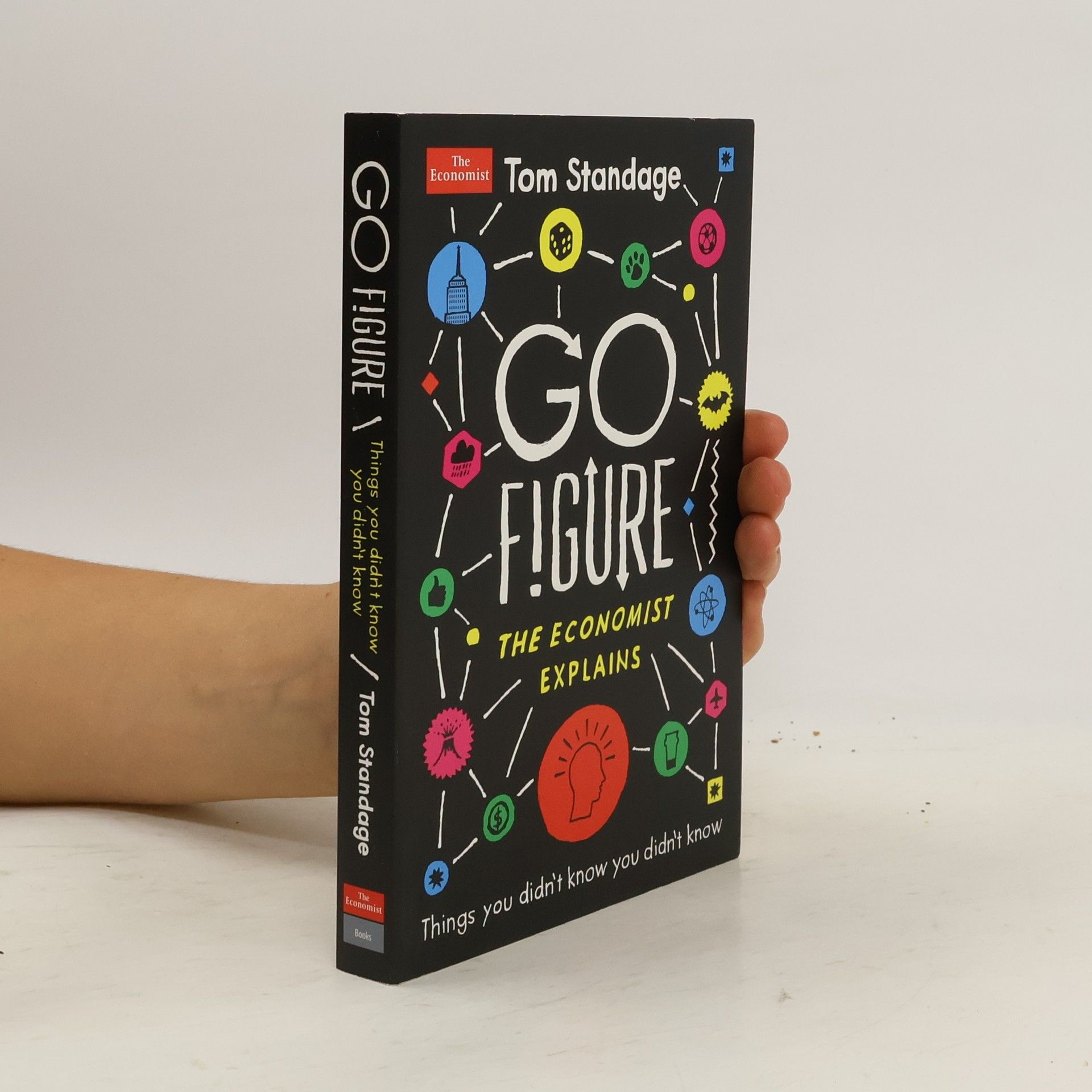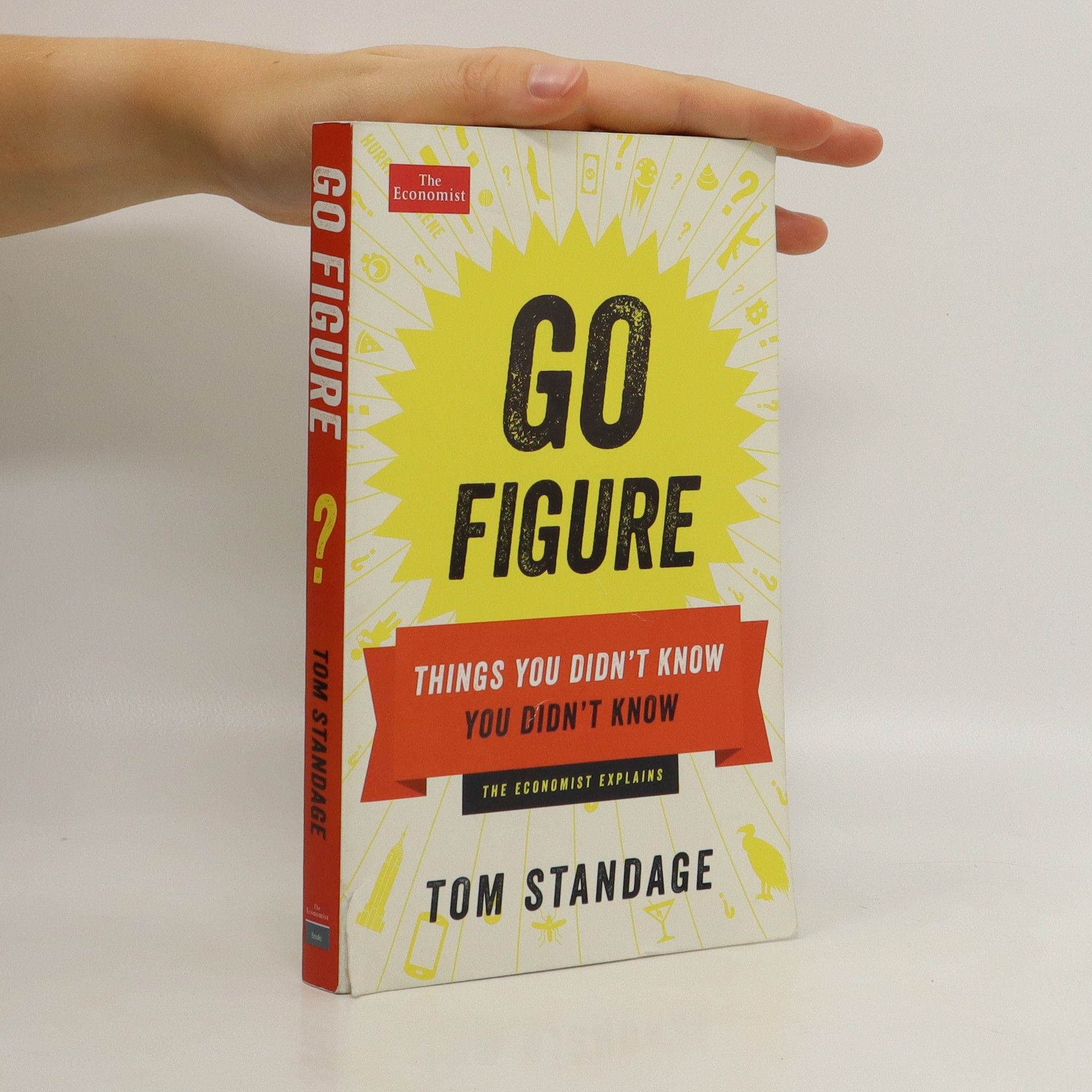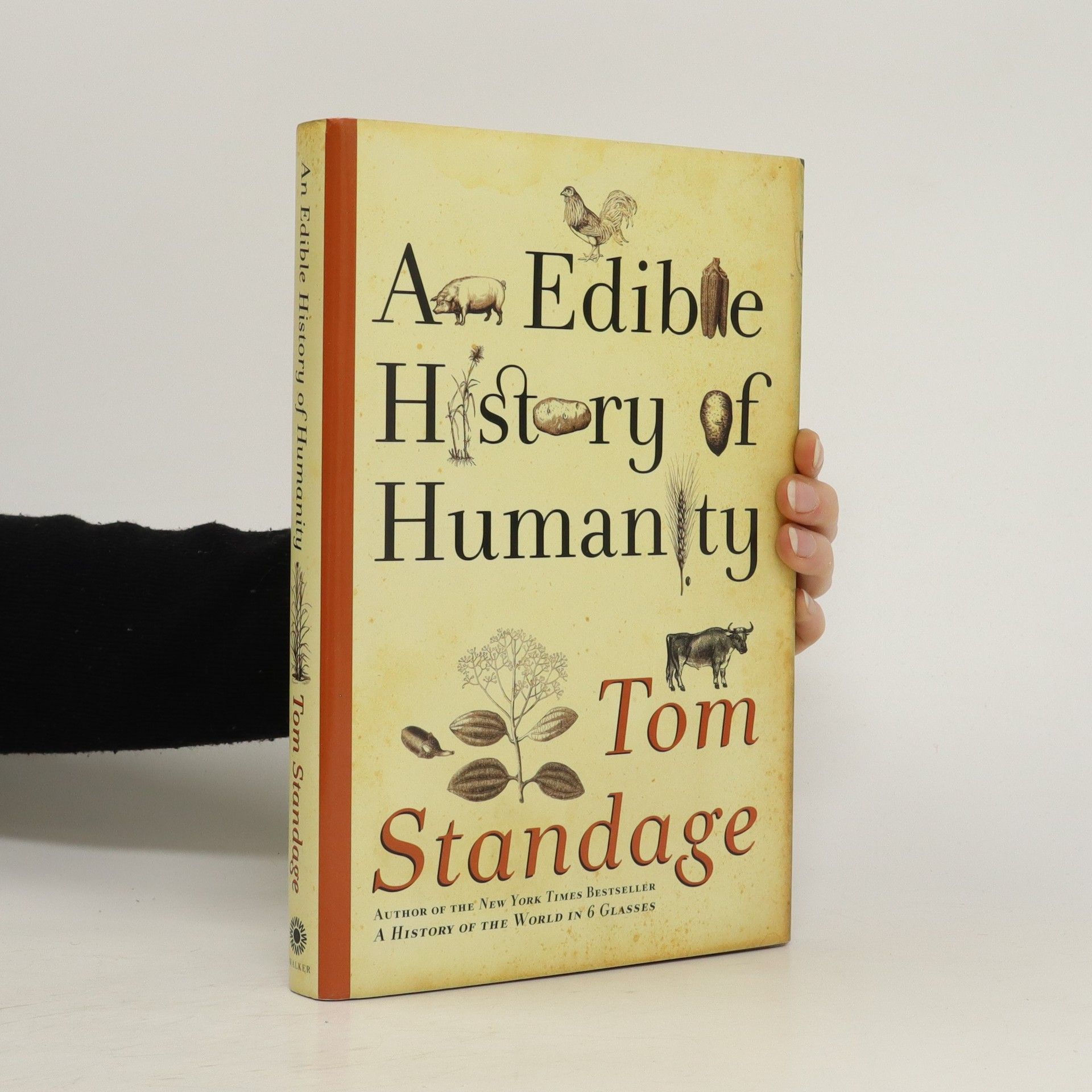The latest edition in the Economist Explainer series, edited and introduced by Deputy Editor Tom Standage.
Tom Standage Book order
Tom Standage's work brilliantly explores the surprising parallels between past and present communication technologies. As a journalist for prominent publications, he delves into how new devices shape society and our perception of the world. His approach reveals striking similarities between the development of the telegraph and the internet, highlighting how both fundamentally altered the speed and transmission of information. Standage focuses on the broader societal impacts and the critical reactions that accompany such advancements.



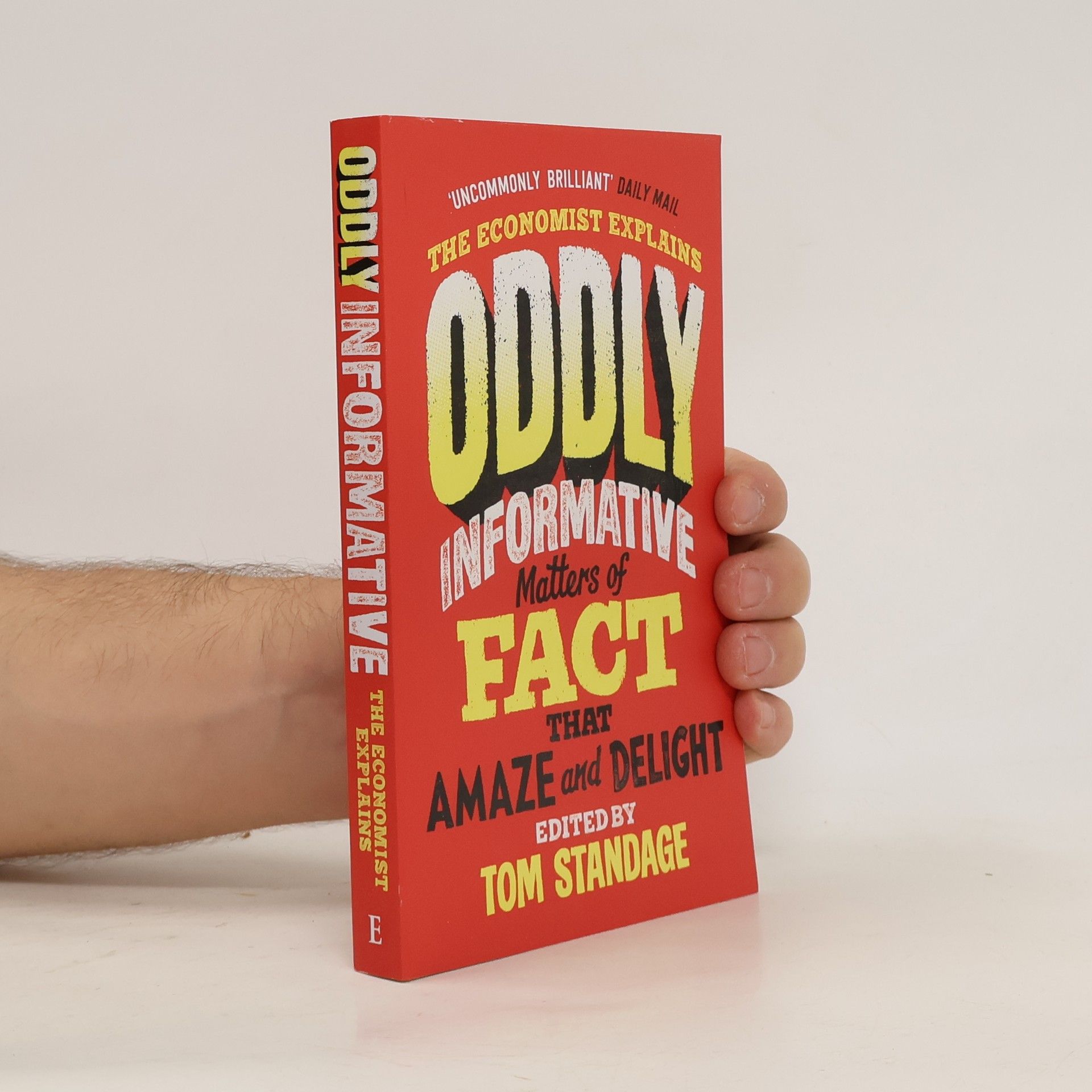

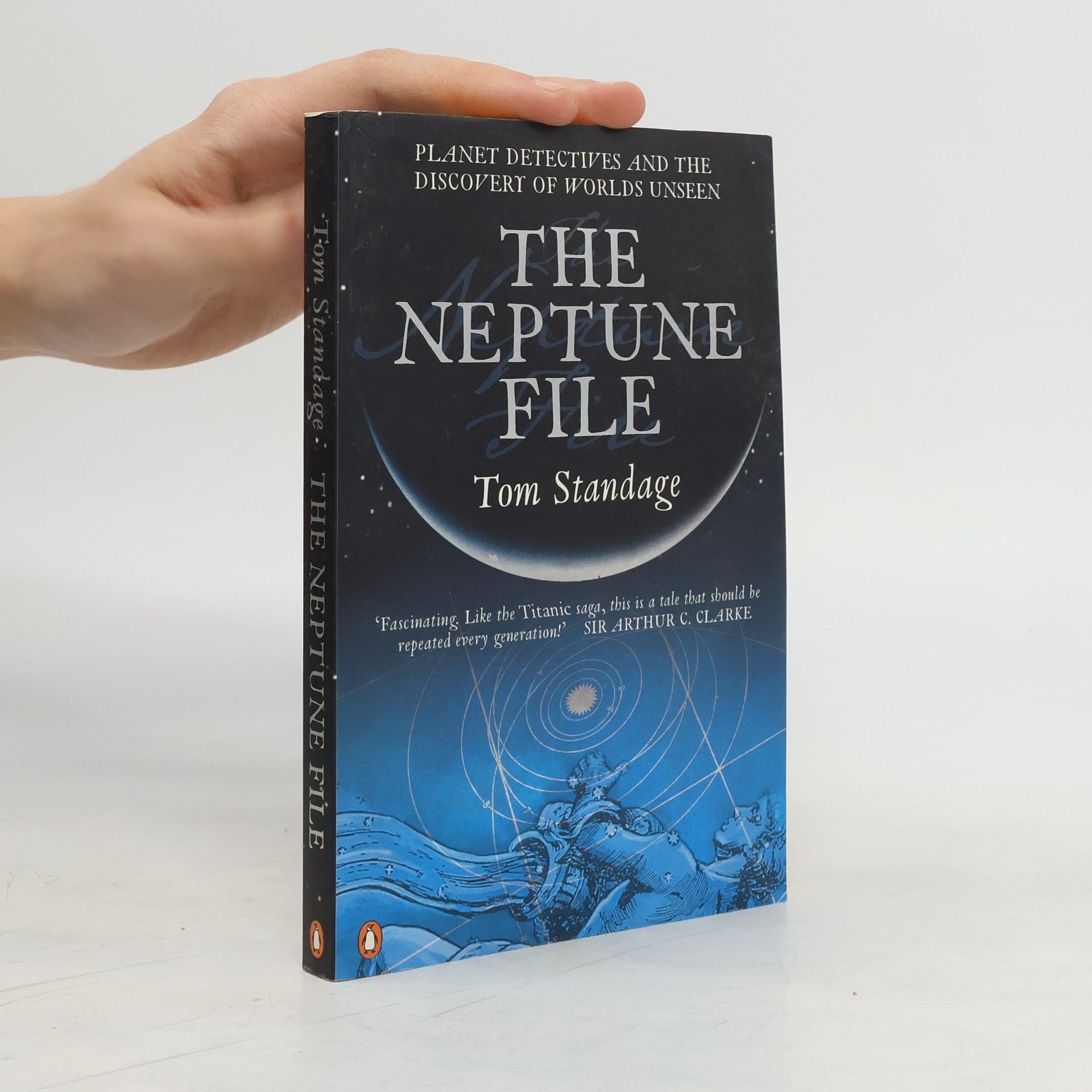
- 2022
- 2021
Another bestselling collection of astonishing explainers from The Economist.
- 2021
'Speckled with anecdotes, insights and surprises. It is great fun - and utterly timely' Sunday Times 'Standage writes with a masterly clarity' New York Times 'The product of deep research, great intelligence and burnished prose . . . It is rare that I encounter a non-fiction author whose prose is so elegant that it is worth reading for itself. Standage is a writer of this class' Wall Street Journal Beginning around 3,500 BC with the wheel, and moving through the eras of horsepower, trains and bicycles, Tom Standage puts the rise of the car - and the future of urban transport - into a broader historical context. Our society has been shaped by the car in innumerable ways, many of which are so familiar that we no longer notice them. Why does red mean stop and green mean go? Why do some countries drive on the left, and some on the right? How did cars, introduced only a little over a century ago, change the way the world was administered, laid out and policed, along with experiences like eating and shopping? And what might travel in a post-car world look like? As social transformations from ride-sharing to the global pandemic force us to critically re-examine our relationship with personal transportation, A Brief History of Motion is an essential contribution to our understanding of how the modern world came to be.
- 2020
Unconventional Wisdom
- 272 pages
- 10 hours of reading
Another bestselling collection of astonishing explainers from The Economist.
- 2019
Uncommon knowledge: The Economist Explains
- 272 pages
- 10 hours of reading
Following up 2016's hit Go Figure and 2018's Sunday Times bestseller Seriously Curious, another collection of astonishing bite-sized explainers from the Economist.
- 2018
Some questions you never think to ask. Others, you didn't know you didn't know. And some facts are so surprising they cry out for answers. What can a president actually do? Why do cities sink into the ground? Why is Australia seemingly invulnerable to recessions? Why do people in couples do more housework than singletons?The brilliant minds of the Economist collect these questions. Individually, they might seem bite-sized and inconsequential, but taken together they can reveal a whole new world.
- 2016
Which James Bond drinks the most martinis? What do Satanists really believe? How do hurricanes get their names? Why are bees disappearing? Is chocolate healthy? ...Go Figure has the answers. Bringing together the very best from the clever people at The Economist, Go Figure explains the mind-boggling, the peculiar and the profound, things you might always have quietly wondered about and yet more you didn't know you didn't know. Figure out why so many Koreans are called Kim, how bitcoin mining works, why eating insects makes sense and how to get ahead under a dictator - a treat for the knowing, the uninitiated and the downright curious
- 2016
Go Figure: Things You Didn't Know You Didn't Know
- 256 pages
- 9 hours of reading
Go Figure: Things You Didn't Know You Didn't Know brings together for the first time the very best explainers and charts, written and created by top journalists to help us understand such brain-bending conundrums as why almost half the population of Korea has one of two surnames, how bitcoin mining works, and the seasonal distribution of dog poo on the streets of New York. Subjects both topical and timeless, profound and peculiar, are explained with The Economist's trademark wit and verve. The Economist Explains and its online sister, the Daily Chart, are the two most popular blogs on The Economist's website. Together, these online giants provide answers to the kinds of questions, quirky and serious, that may be puzzling anyone interested in the world around them. Want to know how a tattoo affects your job prospects, why bees are under threat, or even how different countries spend their money? We have the answers. They are sometimes surprising, often intriguing, and always enlightening.
- 2013
Writing on the Wall
- 278 pages
- 10 hours of reading
A compelling account of the extensive history of social networking from Cicero and Luther to Facebook and Twitter
- 2009
An Edible History of Humanity
- 269 pages
- 10 hours of reading
From the Publisher: From the bestselling author of A History of the World in Six Glasses, this is a riveting history of humanity told through the foods we eat. Throughout history, food has done more than simply provide sustenance; it has acted as a tool of social transformation, political organization, geopolitical competition, industrial development, military conflict and economic expansion. And today, in the culmination of a process that has been going on for thousands of years, the foods we choose in the supermarket connect us to global debates about trade, development, and the adoption of new technologies. An Edible History of Humanity is a journey through the uses of food that have helped to shape and transform societies around the world, from prehistory to the present. Drawing on genetics, archaeology, anthropology, ethno-botany and economics, the story of these gastronomic revolutions is a deeply satisfying account of the whole of human history.

